Ensuring that different components of your system work harmoniously together is essential for success in the fast-paced software development world. Comes integration testing – the superhero of software testing techniques!
Like a conductor orchestrating a symphony, integration testing ensures that individual software modules collaborate seamlessly to create a seamless user experience.
Imagine you’re building a ride-sharing app. Integration testing would examine how the user login module interacts with the location tracking, ride request, and payment modules.
By simulating different scenarios, such as multiple users simultaneously requesting rides, integration testing guarantees that your app can handle the load without crashing or compromising security.
In this article, let’s understand integration testing and why it’s crucial for your software projects. But before that,
What is Integration Testing?
Integration testing is software testing where modules get logically integrated and tested as one complete system test. It aims to expose any defects, bugs, or errors in the interaction between these software modules, while emphasizing on the data communication between various modules. Thus, it’s also known as “I & T” (Integration and Testing). Integration testing can be conducted using manual testing or automated testing tools.
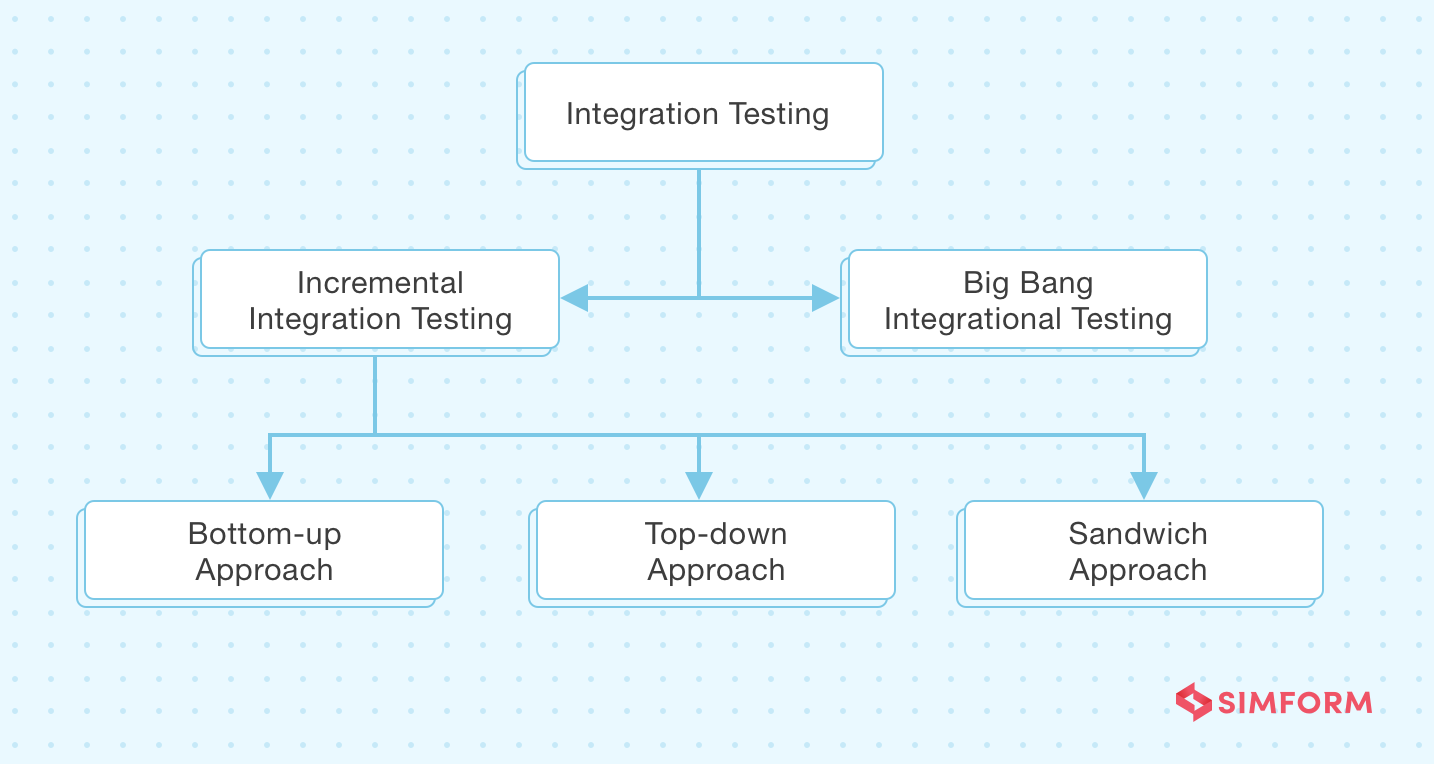
Functional Testing vs Integration Testing: A Detailed Guide on the Differences
Types of Integration Testing
Integration testing is done by combining different functional units and testing them to examine the results. There are mainly 4 different types of integration testing as follows –
Big-Bang Integration testing
Use this approach when all the components or modules of the application are readily available.
Once the module development is finished, they are integrated and tested together in one go. Due to the sheer volume of this type of testing, it is generally suitable for testing compact applications.
Use case: This approach is used when the bundle has entire software in it.
Advantages
- Convenient for small systems
- Requires minor planning
- It covers all the modules
Disadvantages
- Not recommended for large-scale systems as fault localization is complicated.
- As the prerequisite of this approach is the completion of all modules, the testing team remains extremely time-bound when executing the test.
- Since all the modules are tested at once, you can’t test modules based on priority or critical functionality. Even the peripheral modules are tested equally as compared to high-risk modules.
Bottom-Up Approach
In bottom-up integration testing, the tester starts from the bottom of the application’s control flow and gradually moves upward. Like two approaches i.e., big bang and top-down, there is a high possibility that modules at the upper stage are not yet completed by the development team when lower modules are being tested. In such cases, the tester needs to simulate the missing module’s functionality by using suitable drivers.
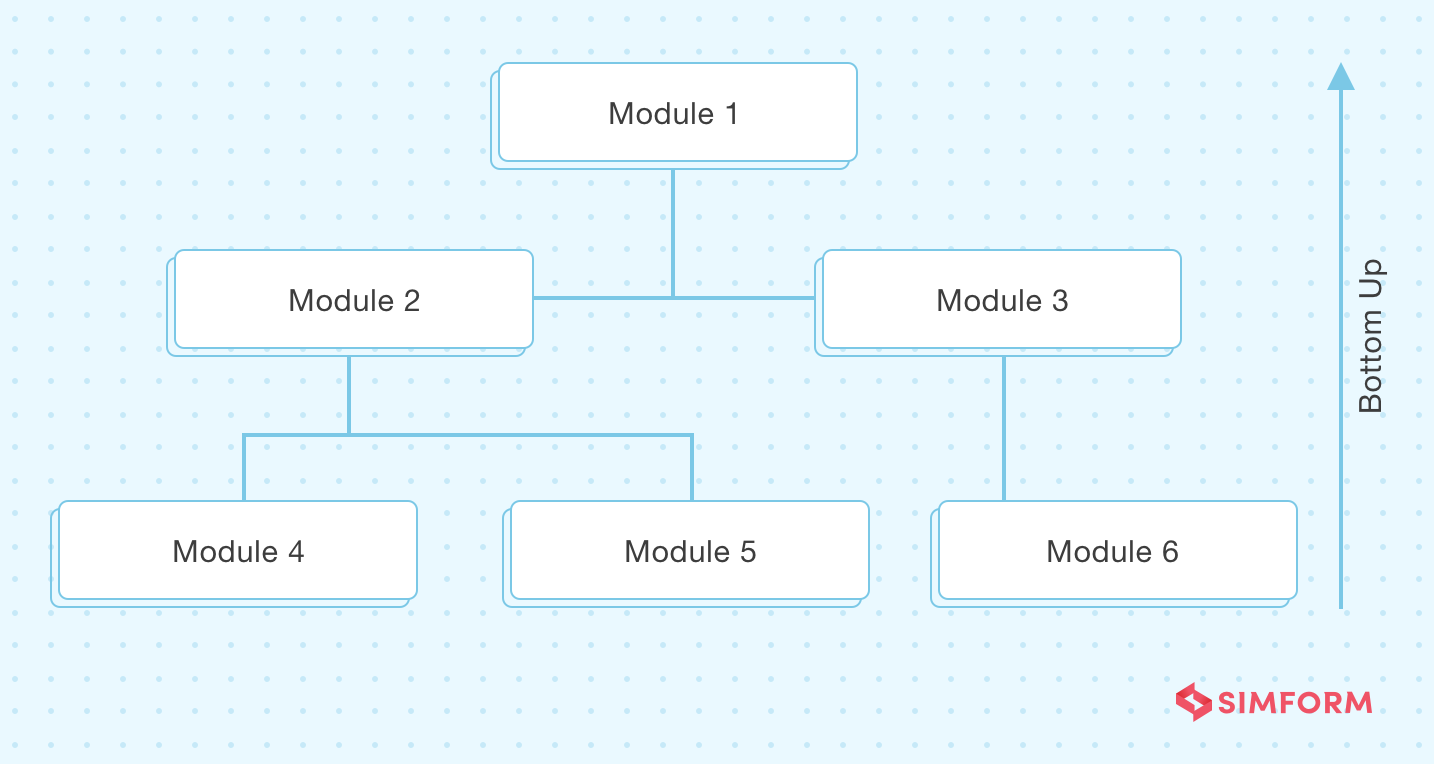
Use case: This incremental testing approach is used to identify any crucial flaw in the lower-level modules of the application.
Advantages
- Since it is based on the control flow of the application, fault localization is much easier.
- Unlike the big bang approach, no time is wasted to get started with the bottom-up testing approach.
- In this approach, you can do development and testing simultaneously to meet customer specifications efficiently.
Disadvantages
- Critical/top-level modules of the control flow of the application are tested last.
- There is no room for an early prototype.
- Except for the top-level, test drivers need to be created for modules at all levels.
- Defects between interfaces can be identified only by the end of the testing cycle.
Top-Down Integration Testing
This approach follows the natural control flow hierarchy, i.e., top to bottom. For example, you have a fitness app with four modules – A login page, a profile page, a workout page, and a payment page.
The testing of the application will start from the crucial top-level module. For example, first, the login page will be tested and integrated, and then gradually, other low-level modules will be tested. Finally, stubs are used in case the missing modules are not ready.
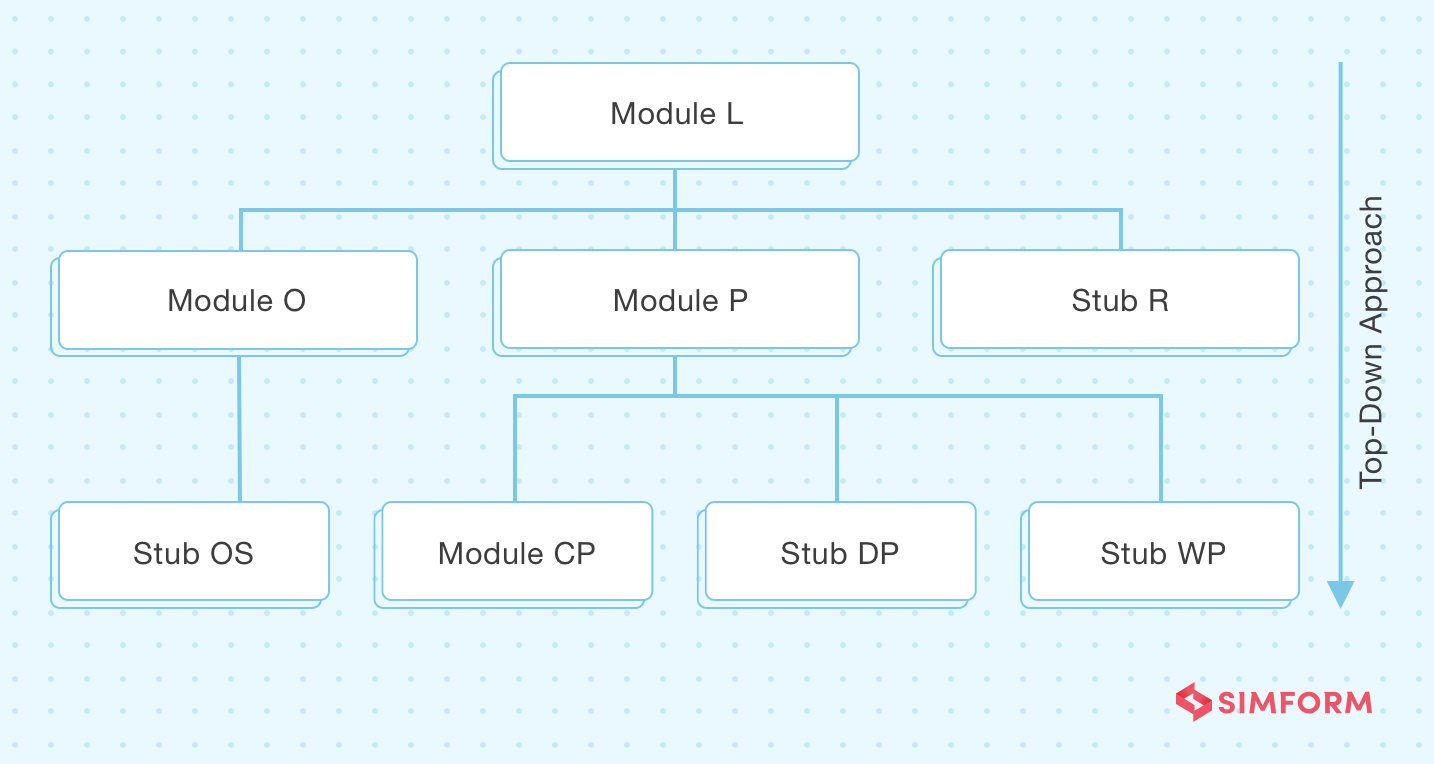
L: Login page
P: Payment page(yet to be created)
O: Track Progress page
R: Workout page (yet to be created)
Use case: This approach is crucial when the defect is likely to occur in the top-level modules of the application.
Advantages
- Easier fault localization.
- It gives you early access to prototyping.
- Reveal design flaws at early stage.
Disadvantages
- Modules at a lower level are tested inadequately.
Sandwich Testing
Also known as “hybrid testing,” it has top-down and bottom-up testing scenarios combined together. In this test strategy, the top modules are put together for testing in conjunction with the lower-level modules and vice versa. This strategy uses both stubs and drivers.
Use case: This incremental integration testing approach is beneficial for extensive projects with several subprojects in them.
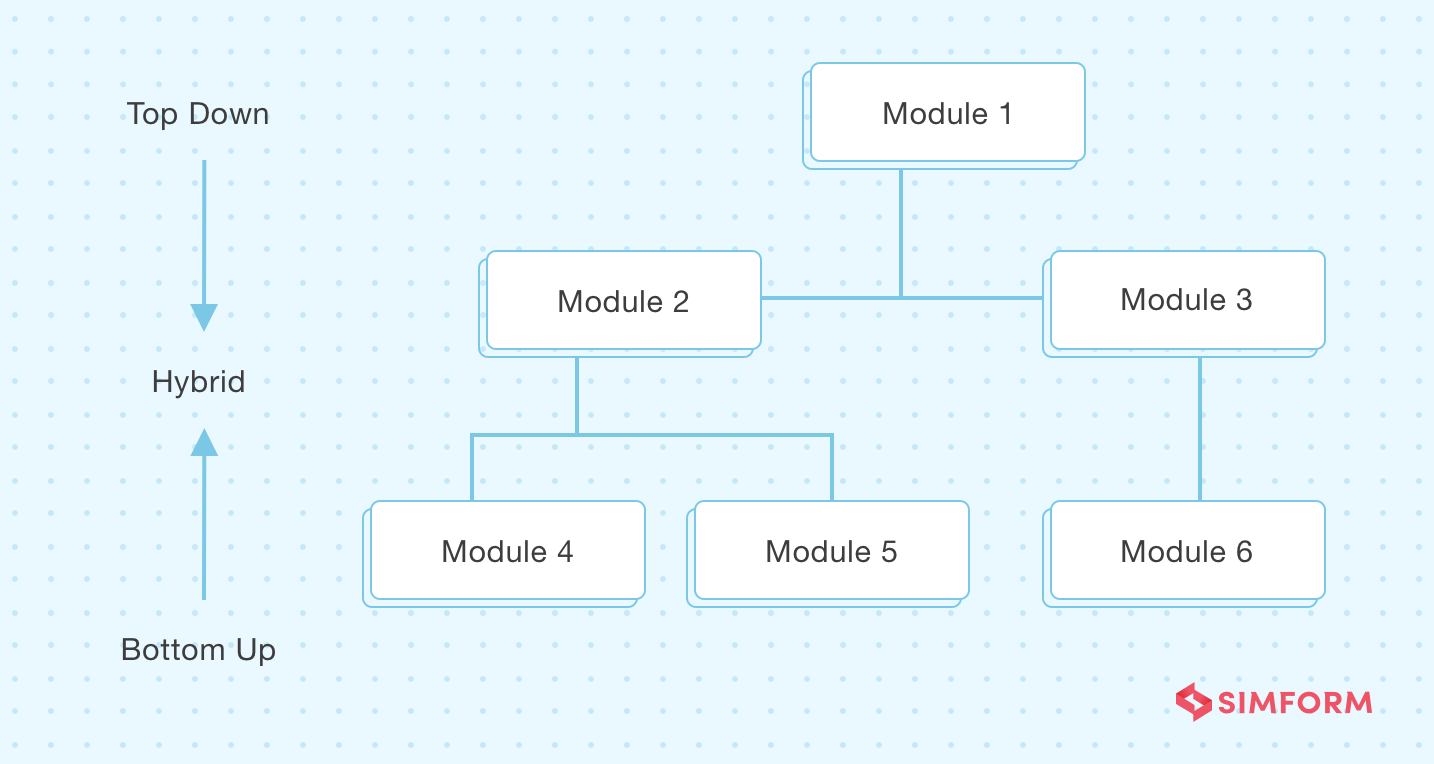
Advantages
- Both top-down and bottom-up approaches can be performed in parallel to each other
- Large-scale applications can benefit tremendously from this approach.
Disadvantages
- It is an expensive approach.
- Not suitable for small-sized applications
- Different testers with unique skillsets are required to carry out this testing approach.
Why perform Integration Testing?
Performing integration testing is crucial for several reasons:
- Avoiding errors caused by incompatibility between software modules.
- Confirming that every software module can interact effectively with the database.
- Ensuring thorough testing of new requirements resulting from client input.
- Guaranteeing smooth functionality of various units with different understanding and programming logic among developers.
- Identifying potential problems related to hardware compatibility.
- Verifying the correctness of data accepted by third-party APIs or tools, which modules often interact with.
Examples of Integration Testing
Let’s briefly understand how Integration testing works with the help of two real-life scenarios.
Scenario 1:
Assuming, you have a mail application with critical modules:
- login page
- Mailbox module
- Delete mail module
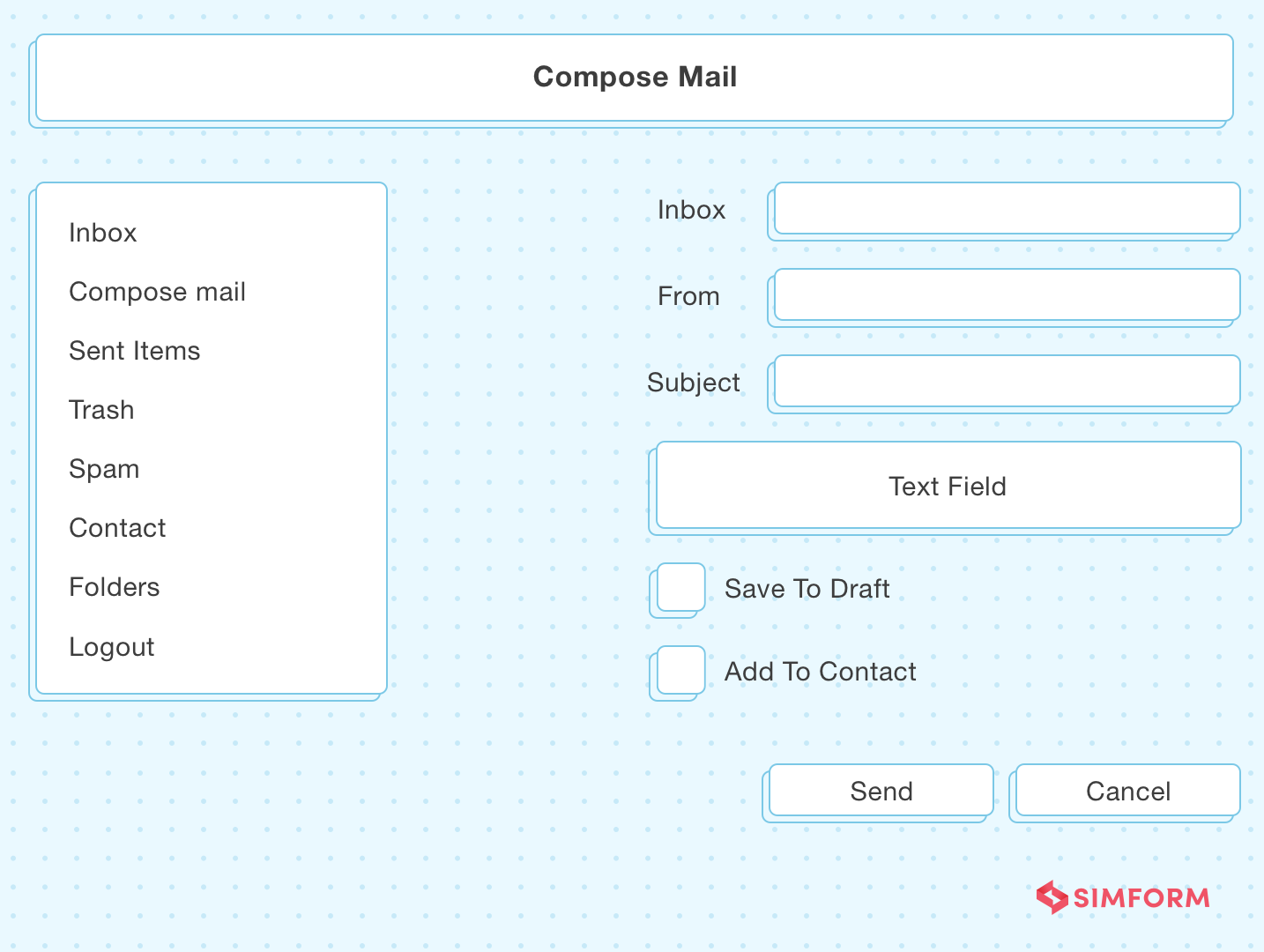
Here you don’t need to test the functionality of the individual pages. Instead, you can focus more on how they are interlinked with each other, for example, on interlinking between the login page and the mailbox page.
Similarly, the integration between the mailbox module and delete mails module needs to be verified. An ideal test case for such a scenario should be like this:
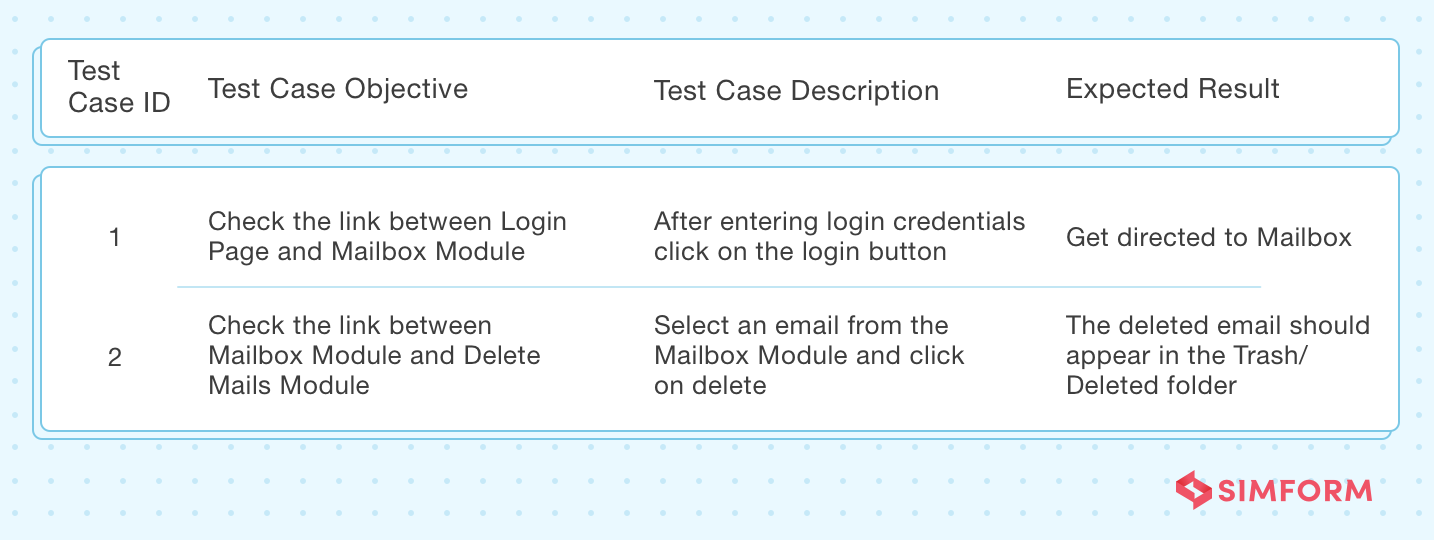
Suppose you want to check integration between a large number of modules of a banking application for amount transfer functionality.
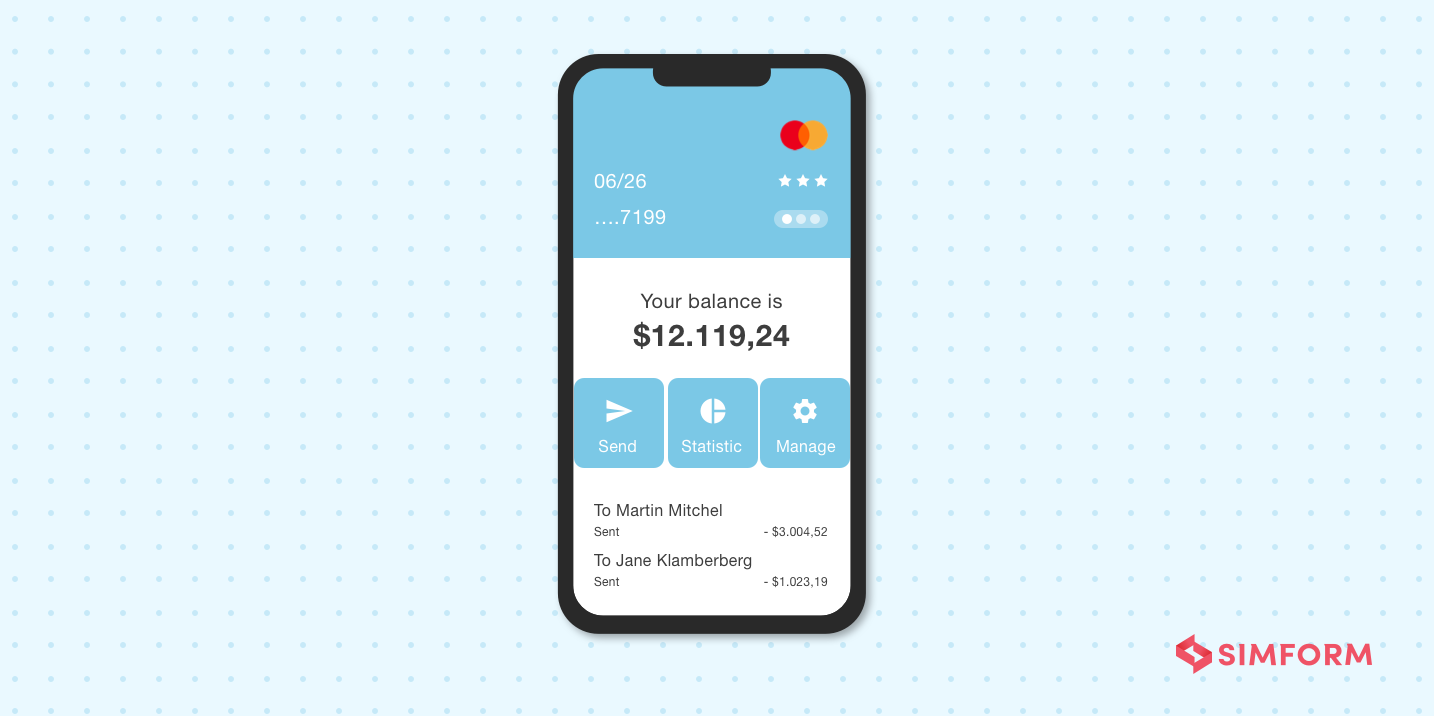
Steps to follow:
- First, log in as “P” and transfer an amount of $200 to a user named “Q.”
- Second step is to check for the “amount transferred” confirmation message on the screen.
- Next, cross-check if the balance of “P” is reduced by $200 after the transaction.
- Now, log out as “P” and login as “Q.”
- Navigate to the balance page to check if the amount transferred is credited to the account.
Now you can do integration testing using different approaches. You can select one as per the project needs and resources allocation.
How Much Does Software Testing Cost? 9 Proven Ways to Optimize it
Integration Testing Tools
The below-mentioned tools are standard platforms that QA teams prefer for specific operations.
VectorCast/Ada
It is a popular tool used for both unit and integration testing. This integrated software testing solution significantly reduces time and cost by automating unit and system integration testing. It also features Software Quality Metrics for improving and monitoring the testing key metrics. In addition, it creates missing modules with the help of stubs and drivers to simulate the code’s functionality.
Unique Features
- Integrates with multiple tools such as IBM Rational and Green Hills
- Features automatic code generation of Stubs and Drivers
- Offers test case reusability for regression testing
- Highlights high-risk code using inbuilt code complexity analysis
Citrus
It is an open-source integration testing framework supporting a wide range of message protocols and data formats. This tool works best for complex integration testing and provides superior validation capabilities for multiple formats like XML, JSON, and plain text. It requests and responds on both the server and client-side. In addition, it supports multiple protocols such as HTTP, JMS, and SOAP.
Unique Features
- It is a low-cost solution to all your integration testing needs
- Allows validation of database
- Features re-creation of error
- Provides test plan and documents for the test coverage
LDRA
LDRA is a cost-effective tool that offers various sets of integration testing tools to match the compliance standards of different organizations. Its test suite offers – static and dynamic analysis, code workflow, code coverage analysis, design reviews, and more.
Unique Features
- Seamless execution of unit and integration testing
- Automates software certification and approval evidence
- Offers common test environment support for integration testing in a wide range of projects
- Coverage analysis of code
Tessy
It is an integration and unit testing tool designed especially for embedded software. This tool comes with CTE (classification of tree editor) to write tests and TDE (test data editor) for editing test data. It also takes care of the entire test organization, management, requirements, and traceability. In addition, TESSY supports test engineers in analyzing the internal values of the component variables.
For example – if you want to create a battery evaluation model for an EV. The voltage data needs to be collected from a separate module to evaluate the remaining power. It helps engineers with the validation of data accuracy while transferring data between modules.
Unique Features
- Creates test report for every test execution
- Features comprehensive test report
- You can use a single license by multiple users
- It supports popular languages like C and C++
Protractor
Protractor is another open-source framework, an automation testing tool for web-based application testing. It is designed specifically for testing Angular and AngularJS applications. However, its use case is not limited to Angular applications. The framework offers integration with Jenkins/Browserstack/Grunt for automating the test server. It runs the tests in a real browser and mimics the interaction as a user. Protractor has extensive browser support, including Firefox, Chrome, Safari, and Internet Explorer.
Unique Features
- Allows execution of multiple instances of your application
- Used for integration testing, end-to-end testing, and testing of dynamic web applications.
- Performs testing from the end-user perspective
Best Practices for Integration Testing
Integration testing is a crucial part of the software testing lifecycle, where individual components or modules are combined and tested as a group. It helps ensure that the integrated system functions correctly and the interactions between its components are seamless.
Here are some best practices for integration testing:
- Conduct integration testing before unit testing. It checks individual code units for proper behavior and identifies unit-specific issues. By addressing unit issues first, integration testing runs more smoothly.
- Set up realistic test environments resembling production, including hardware, software, networks, and databases. Use stubs or mock objects for testing integrations with unavailable or difficult-to-replicate external systems.
- Establish robust monitoring and logging during integration testing to capture detailed logs and monitor component behavior.
- Separate testing suites with developers running unit tests for immediate feedback, while integration tests are reserved for the build server and run less frequently.
- Implement extensive logging using a framework that allows controlled logging levels for performance and troubleshooting.
- Test software module interactions with third-party components and the entire production ecosystem through system tests, simulating the complete development environment.
Conclusion
Integration testing is an essential part of your SDLC. Proper execution of it saves you from post-release updates and bug fixes. We, at Simform, have experienced multiple projects where integration testing came off as an easier gateway to finding defects between module’s interactions.
Let us know in the comment section what other best practices you follow for executing integration testing. We would love to hear your views.